Picasso: The Parts Which Create the Whole
Pablo Ruiz y Picasso also known as Pablo Picasso
25 October 1881 – 8 April 1973
Spanish painter, sculptor, printmaker, ceramicist, stage designer, poet and playwright
 Pablo Picasso in his Paris studio. (Herbert List/Magnum Photos)
Pablo Picasso in his Paris studio. (Herbert List/Magnum Photos)
Picasso was baptized Pablo Diego José Francisco de Paula Juan Nepomuceno María de los Remedios Crispiniano de la Santísima Trinidad. His name contains 23 words and honors various saints and relatives. Added to these were Ruiz and Picasso, for his father and mother, respectively, as per Spanish law. Today we know him as Pablo Picasso.
 “Picasso and the Loaves”, seen above, was taken by Robert Doisneauin a French cafe in 1952.
“Picasso and the Loaves”, seen above, was taken by Robert Doisneauin a French cafe in 1952.
Picasso showed amazing artistic talent as a child, painting in a realistic style until he was a young man, when he began to experiment with different styles. The most well-know of these is Cubism, the first abstract style of modern art. In Cubist artwork, objects are seen as broken up, and reassembled in an “abstracted”, not strictly realistic way. Picasso shows the same object or person from different viewpoints at the same time, showing several sides of whatever object or person he was painting or drawing in the same work of art.
Picasso lived to be 91, creating until the end. He became internationally famous, as well as wealthy for his revolutionary artistic accomplishments, remaining one of the best-known figures in 20th-century art. Picasso is one of the very few visual artists who is just about a household word across the globe.
Picasso’s “BLUE” Period – 1901-1904  The Old Guitarist, Late 1903–early 1904, 48 3/8 x 32 1/2 in., oil on panel, at the Art Institute of Chicago
The Old Guitarist, Late 1903–early 1904, 48 3/8 x 32 1/2 in., oil on panel, at the Art Institute of Chicago
Picasso was inspired and influenced by African masks and artifacts.
 LEFT: Pablo Picasso, Head of a Woman, 1907, 18 1/8 x 13”, oil on canvas, at the The Barnes Foundation, Lincoln University, Merion, PA, USA
LEFT: Pablo Picasso, Head of a Woman, 1907, 18 1/8 x 13”, oil on canvas, at the The Barnes Foundation, Lincoln University, Merion, PA, USA
RIGHT: Dan Mask from West Africa
 The Weeping Woman, 1937, 23 ⅝ х 19 ¼, oil on canvas, at the Tate Modern, London, England
The Weeping Woman, 1937, 23 ⅝ х 19 ¼, oil on canvas, at the Tate Modern, London, England
 Guernica, 1937, 137.4 in × 305.5″, oil on canvas, at the Museo Reina Sofia, Madrid, Spain
Guernica, 1937, 137.4 in × 305.5″, oil on canvas, at the Museo Reina Sofia, Madrid, Spain
‘My mother said to me, “If you are a soldier, you will become a general. If you are a monk, you will become the Pope.” Instead, I was a painter, and became Picasso.’ – Pablo Ruiz Picasso
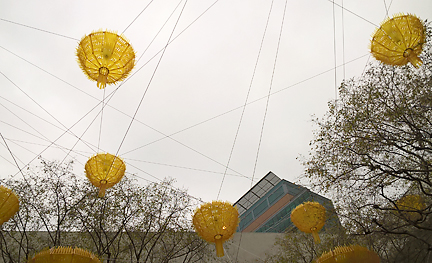
 Courtyard installalation at The Hammer Museum in Westwood near UCLA brightens a winter day.
Courtyard installalation at The Hammer Museum in Westwood near UCLA brightens a winter day.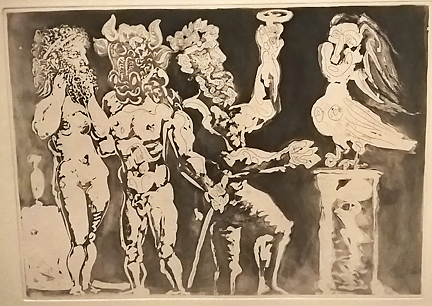
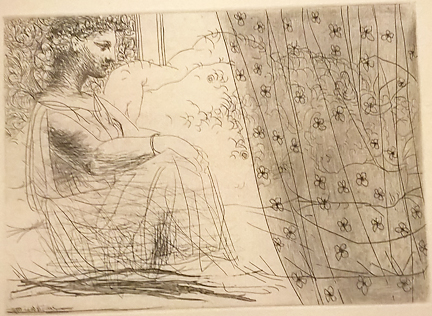 Extraordinary works by Pablo Picasso….
Extraordinary works by Pablo Picasso….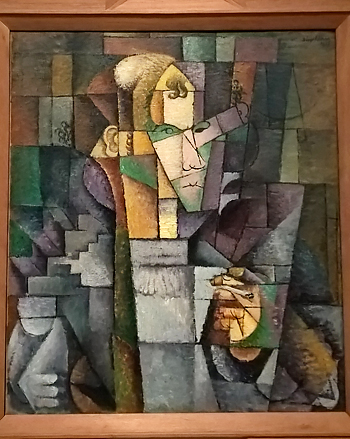
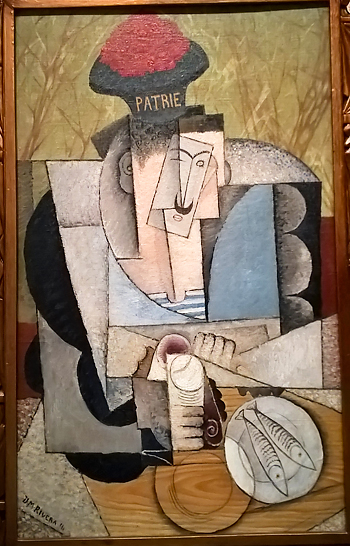 Extraordinary works by Diego Rivera
Extraordinary works by Diego Rivera
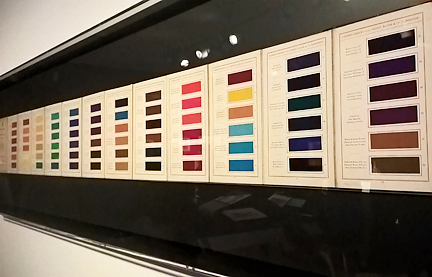 The “THE ART OF ALCHEMY” show at Getty Center.
The “THE ART OF ALCHEMY” show at Getty Center.





















